Dateline: 29 May 2022
Humid, moderate-to-warm temps, and mostly sunny on Sunday. Beautiful day. Lots of folks out at Presque Isle State Park for bicycling, fishing, and driving around. A few folks on the beach and out to Gull Point, but very quiet on the trails overall.
Before Gull Point, some shots from a couple weeks ago of Caspian Tern, on the back bay. Fun pictures, but germane to today’s ‘mystery bird.’
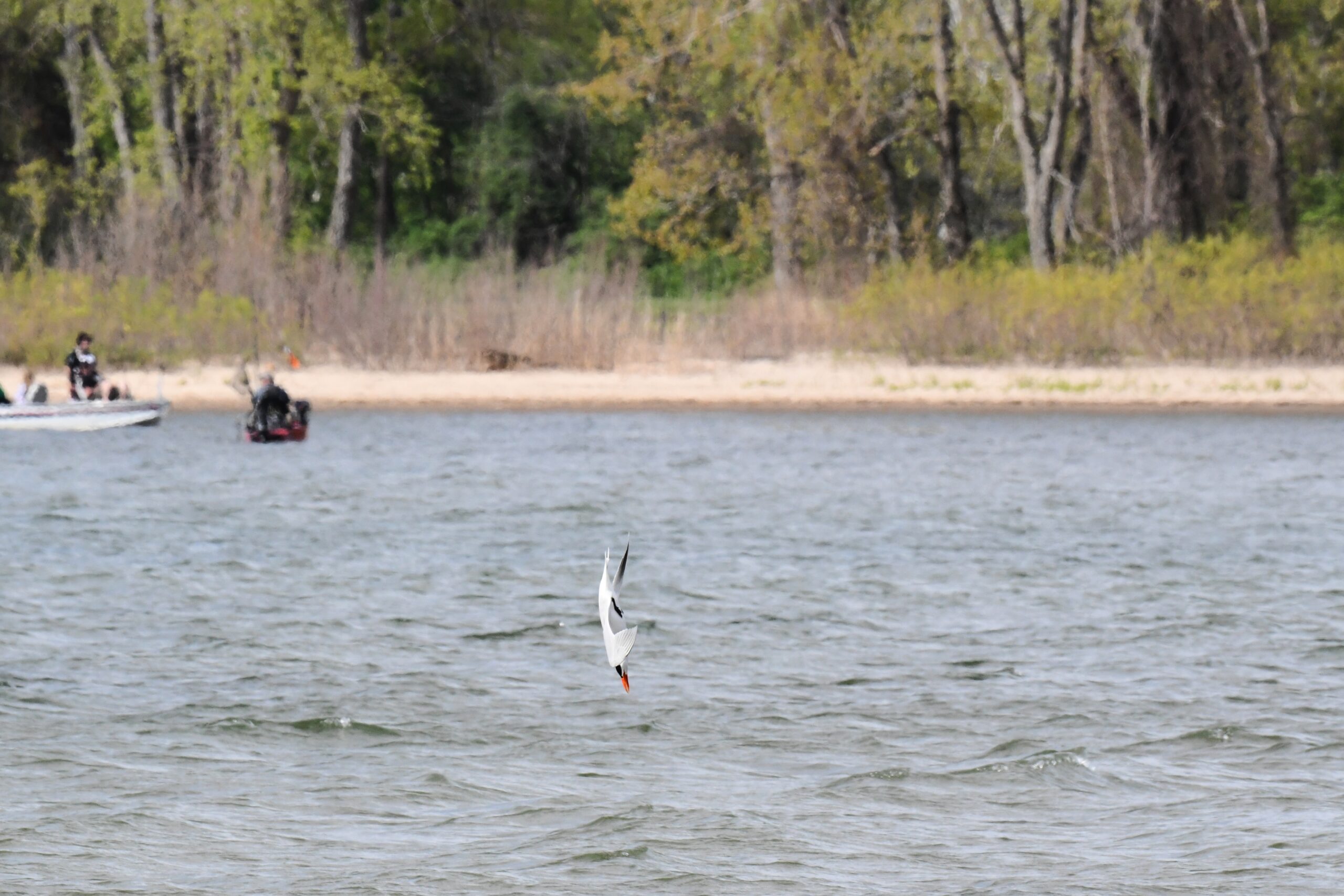
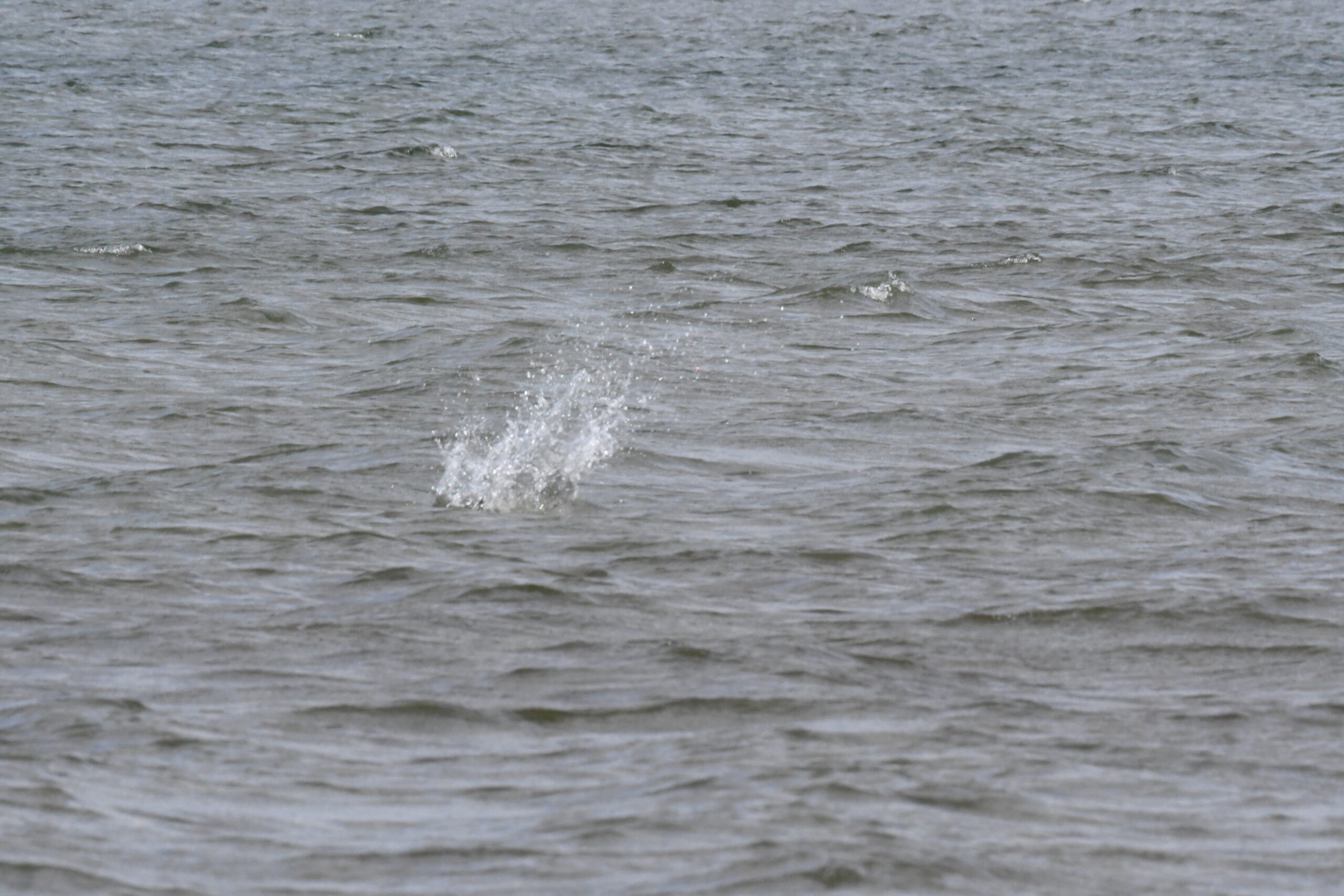
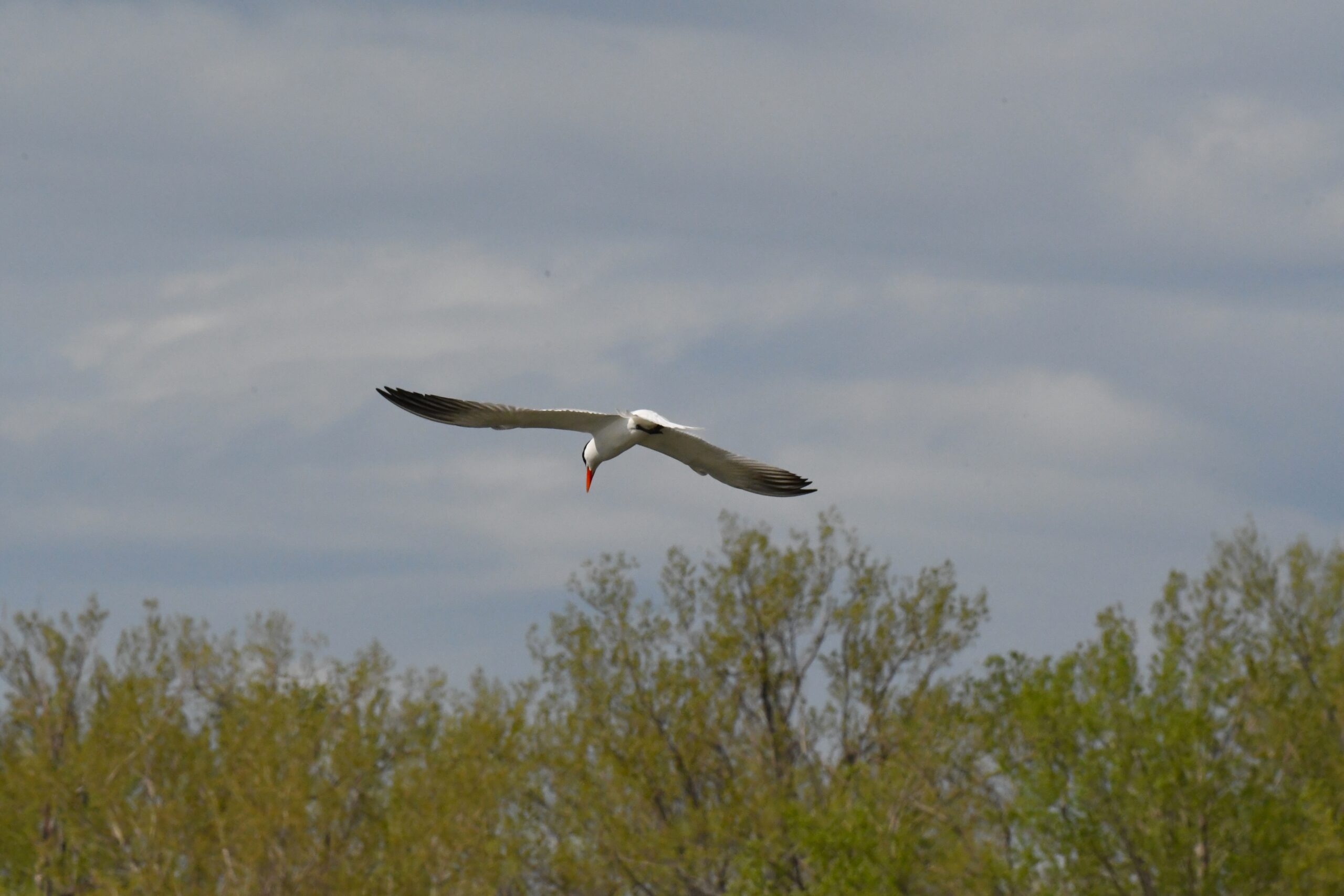
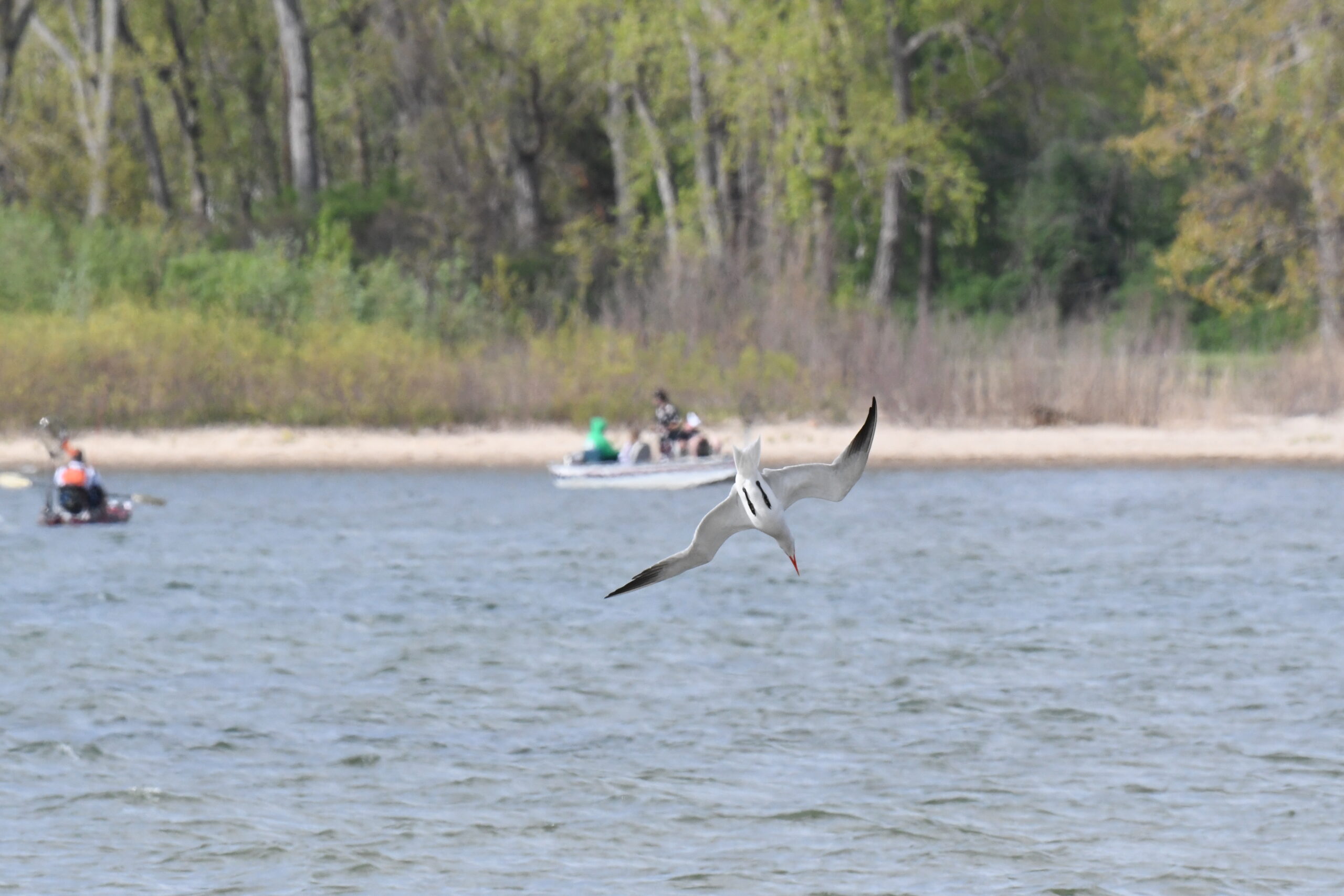
Note the black legs in the picture above.
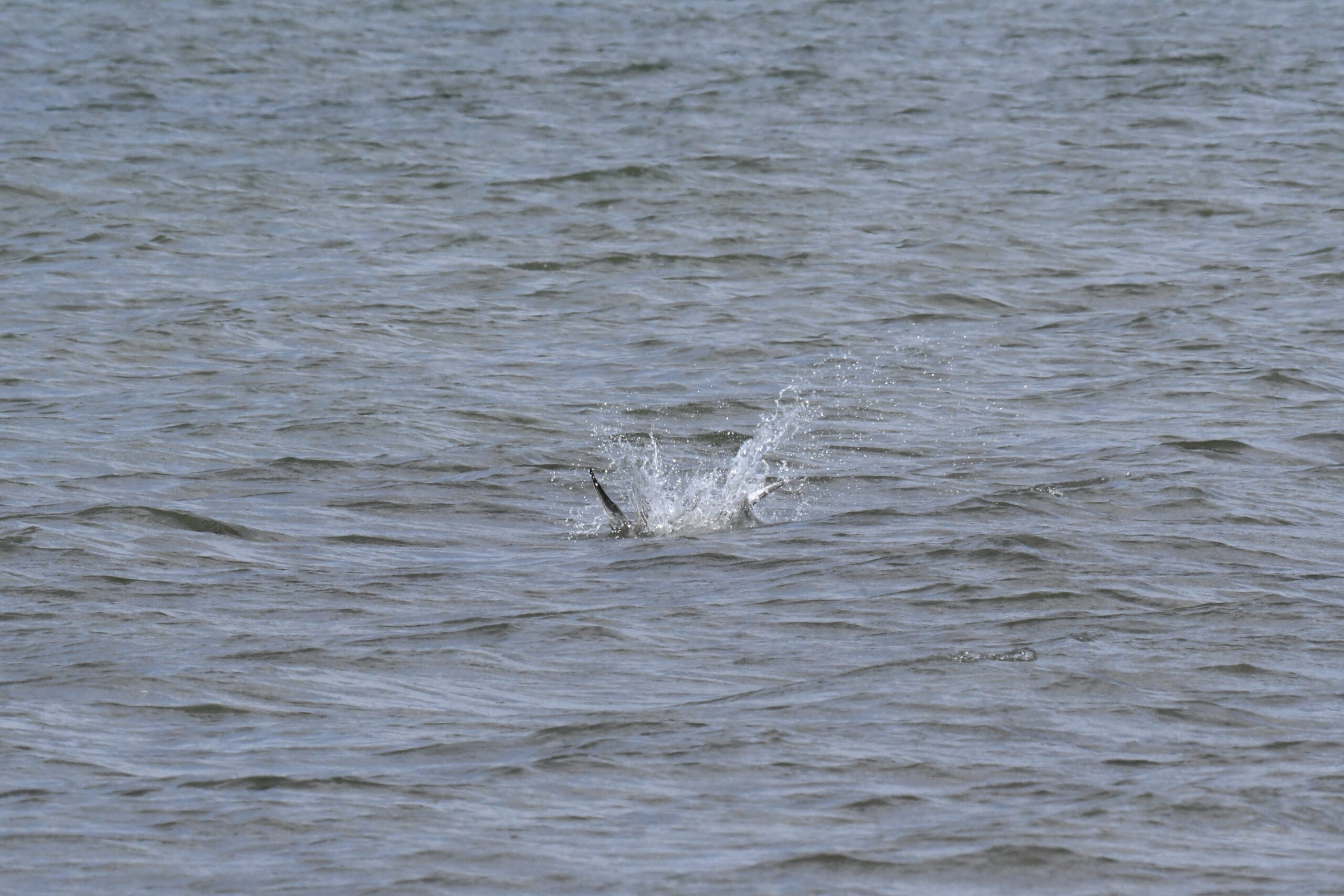
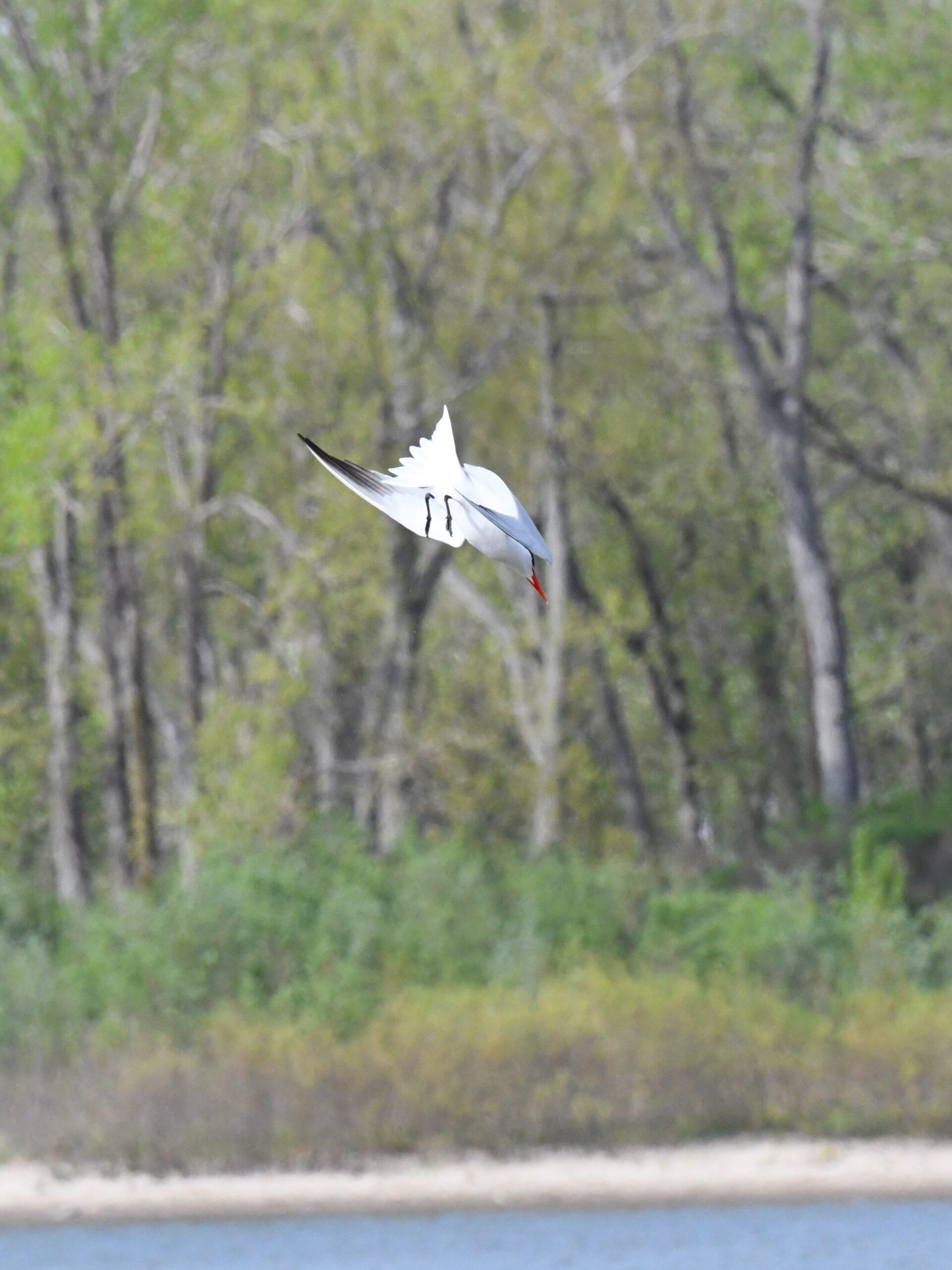
Again, note the black legs.
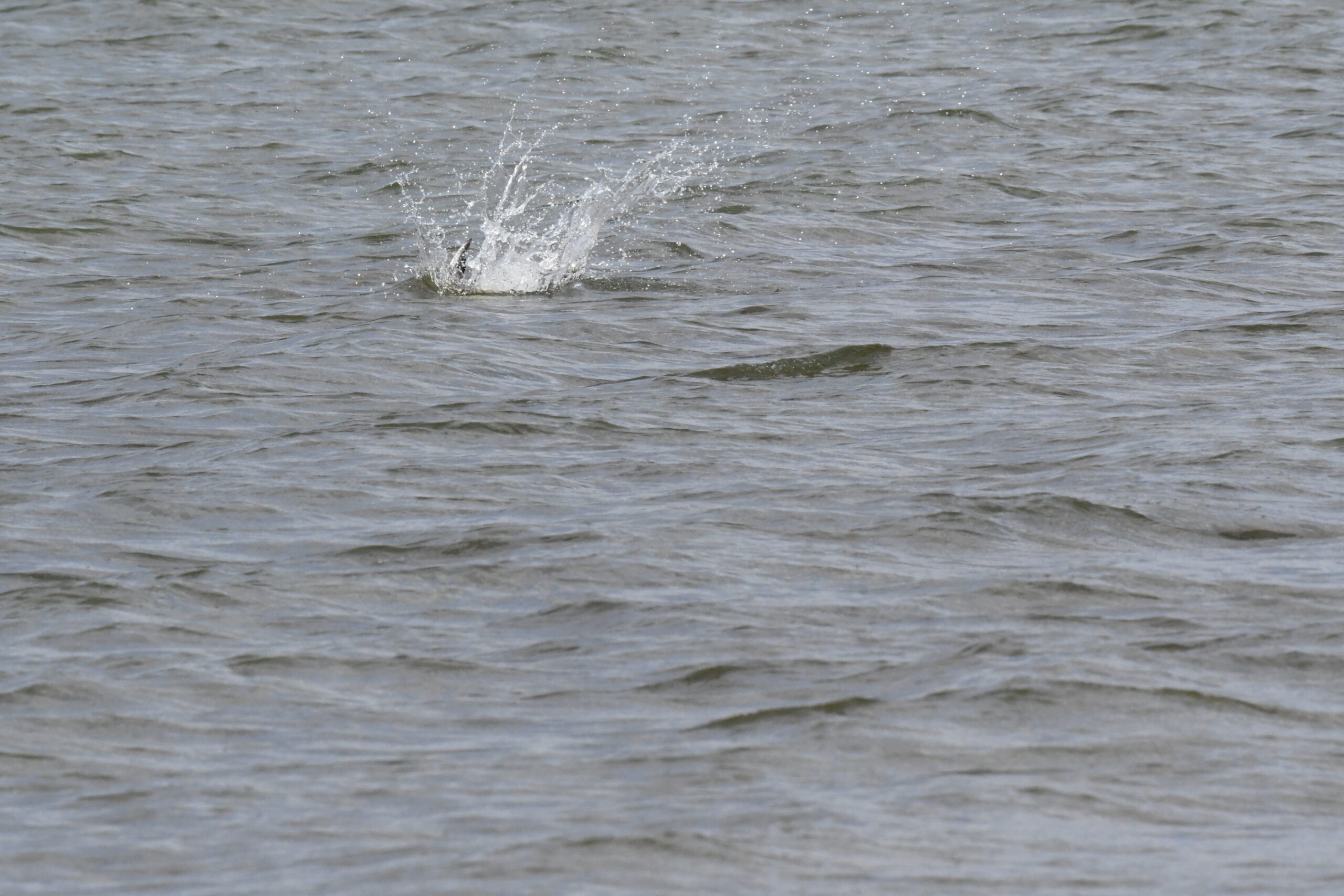
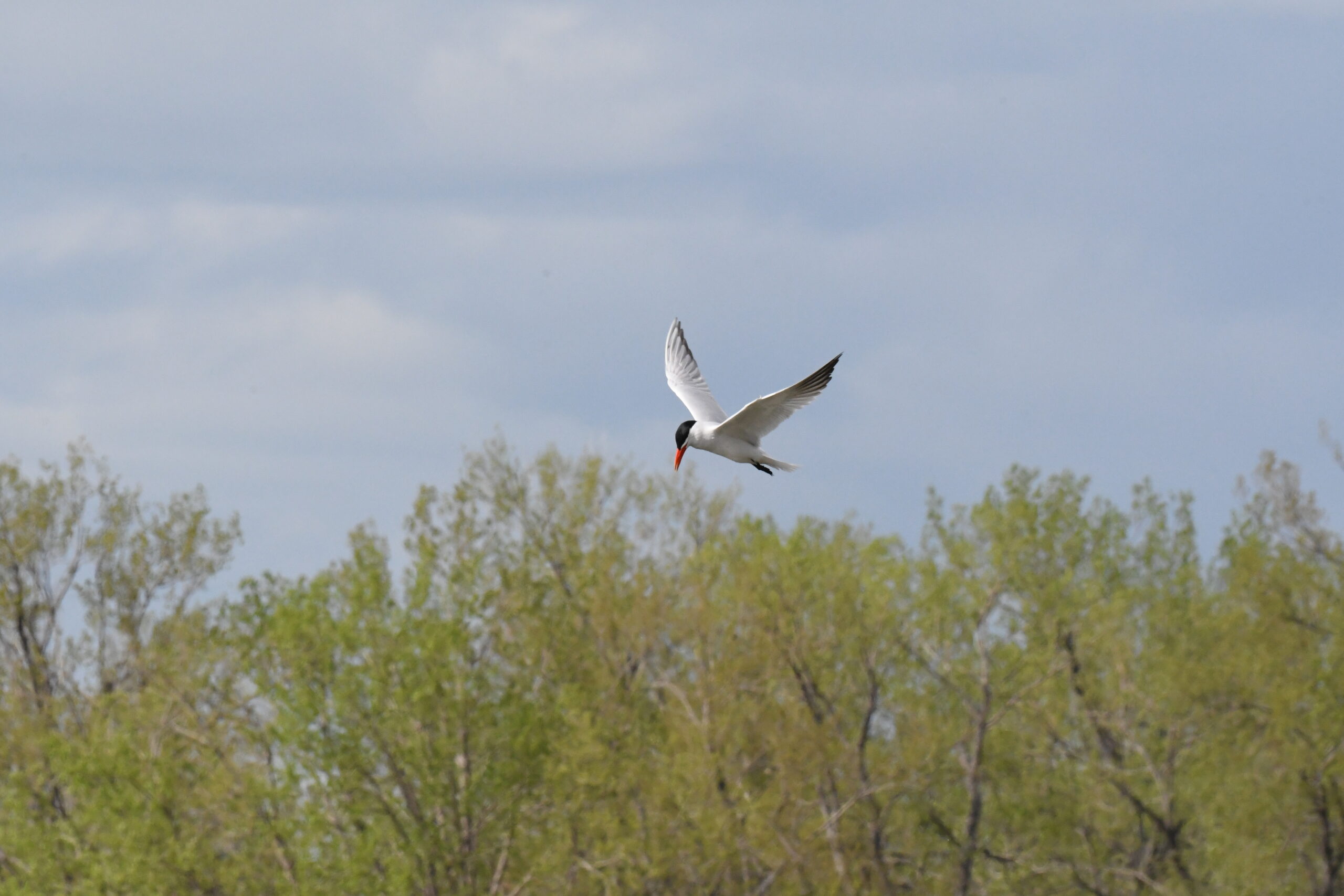
Now out to Gull Point. First, not a mystery, but a lovely Northern Mockingbird:
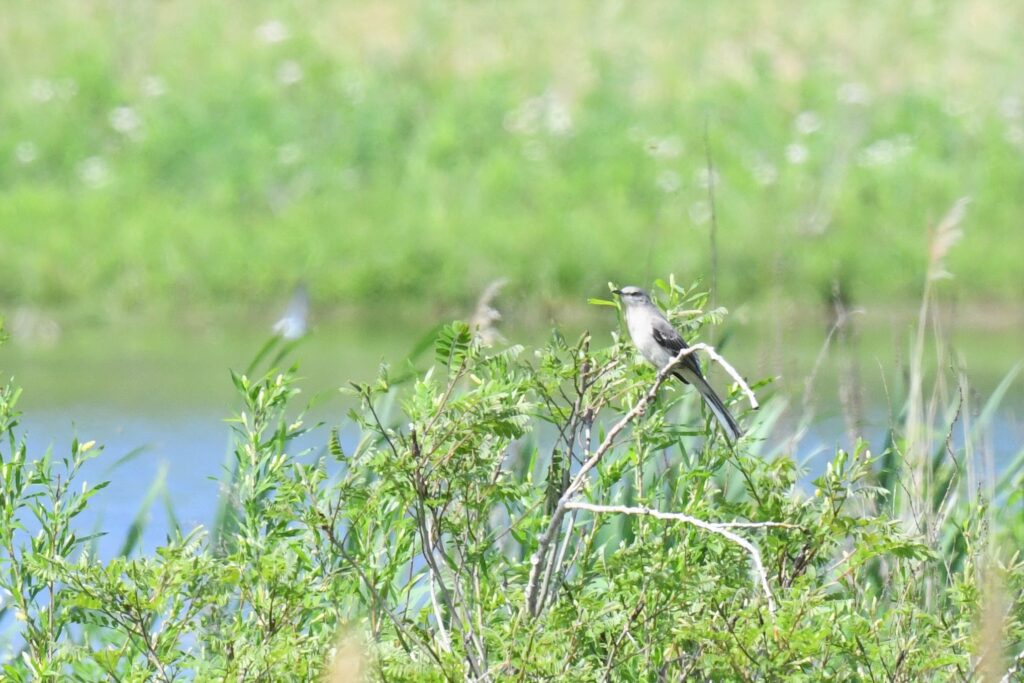
From the observation platform, a Semipalmated Plover off in the distance. Again, not a mystery.

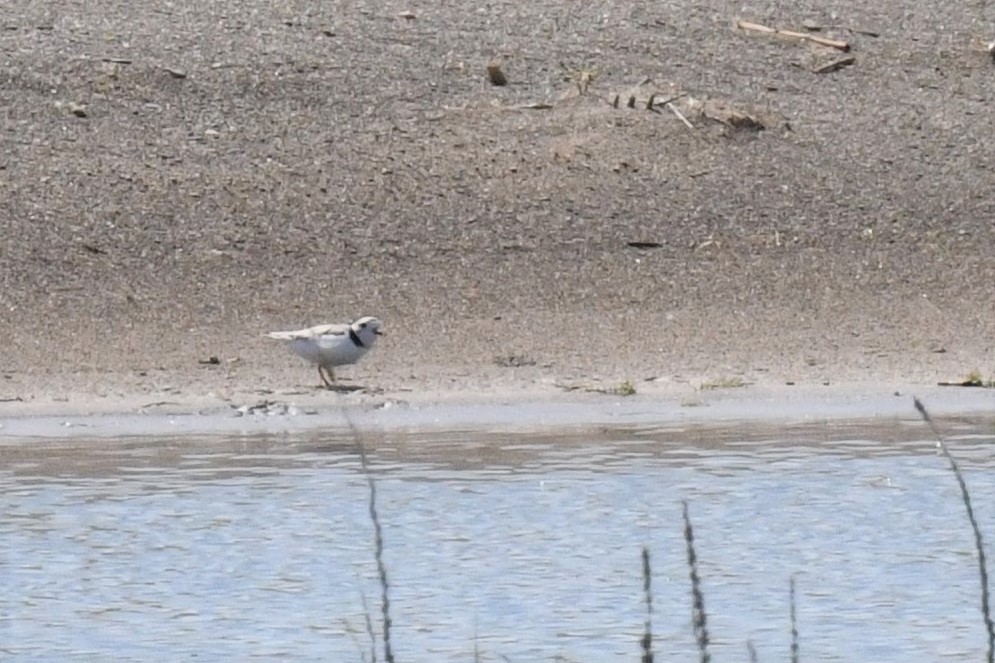
Looking east, there’s some gulls, and what’s clearly a tern. Hmmm. That tern seems to have orange legs.

Let’s take a closer look, shall we? Though the miracle of color enhancement and extreme cropping, this bird clearly has orange legs:
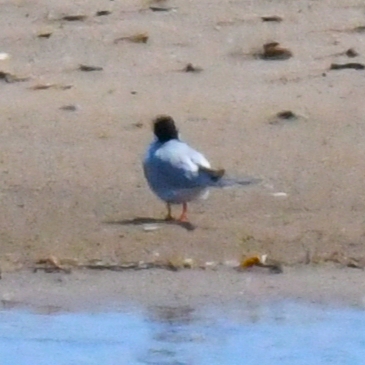
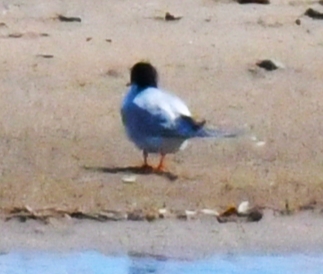
This is significant because all Caspian Terns (see examples above) have black legs. Obviously, therefore, not a Caspian Tern, but a mystery tern!
What else is interesting about this bird? As shown in all these shots, note the black extends down the nape of its neck. Another ‘not Caspian Tern’ feature.
Time to consult Sibley Birds East. Wrong coloration for Black Tern. Wrong leg coloration for Caspian and Royal Tern. The two terns that overlap both in orange leg coloration and migration range are Common Tern and Forster’s Tern. Both (adult breeding) have black-tipped orange beaks, orange legs, and a black cap that extends down the nape.
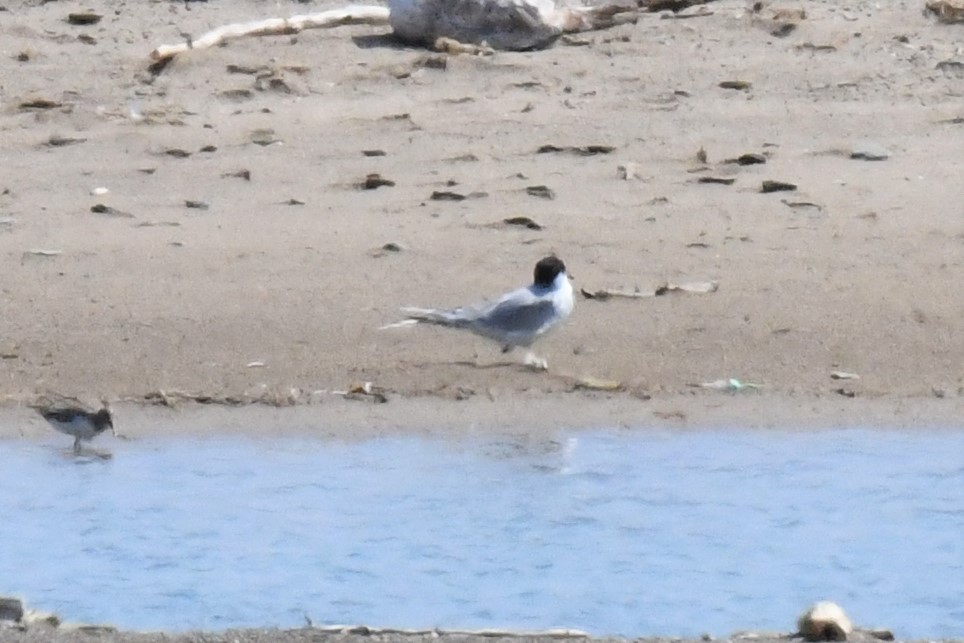
However, per Sibley, Common Tern “tail usually shorter than wingtips,” whereas Forster’s Tern “tail often projects beyond wingtips.”
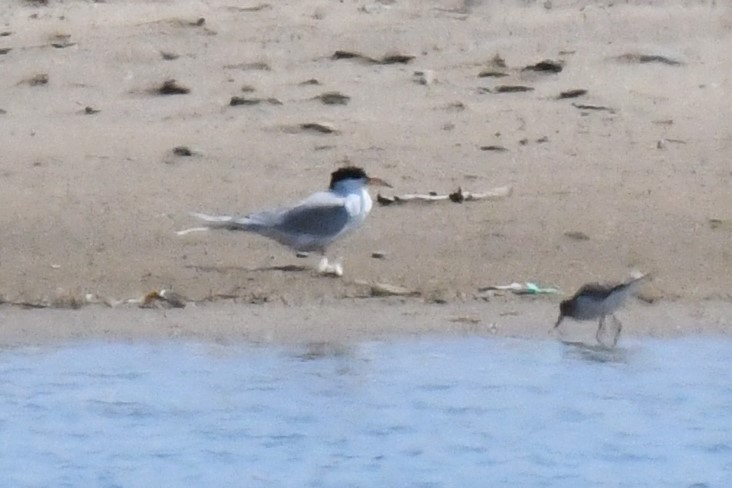
Ah ha! See this annotated version of the picture above:
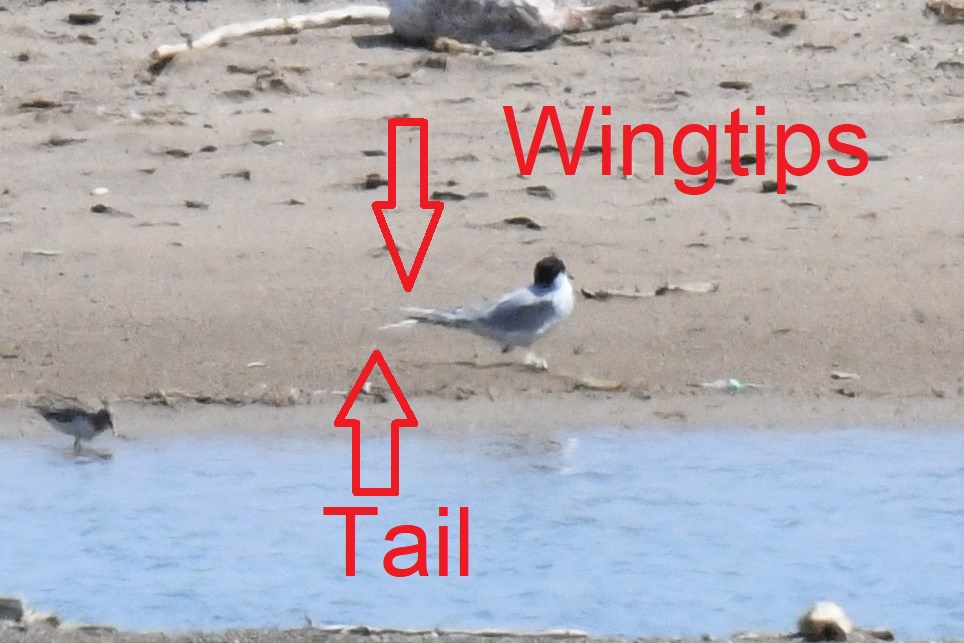
So, a tern with an orange/yellow beak with black tip, orange legs, black down the nape of the neck, and an at-rest tail that projects beyond the wingtips! All this considered, calling it as a Forster’s Tern! Wow.
Another successful Gull Point mission!